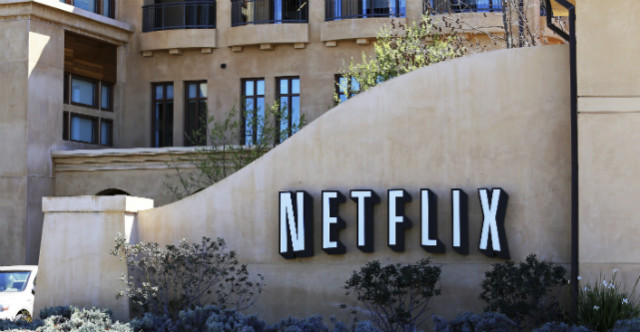Netflix likely to ignore 50% of customers willing to pay a premium for US content – StartupSmart

By David Glance
A survey released this week by OnePoll commissioned by comparison site Comparitech has found that half (48%) of the non-US respondents who used Netflix would pay a premium to get US restricted content.
43% of respondents also felt it was wrong of Netflix to try and ban VPNs customers were using to get around geo-blocking enforced by the site.
Netflix started actively blocking VPN access to its site from January of this year resulting in a technological cat-and-mouse battle between VPN providers and Netflix. For the moment, the VPN providers have won with access to US content in particular available through a number of services.
The fact that subscribers are prepared to pay Netflix more to access this content is hardly surprising given that a large number are paying for a VPN service on top of the regular subscription fee.
The steps that Netflix took to block VPN traffic was also suggested to be one of the reasons behind a drop in subscriber numbers reported by Netflix in July of this year.
Despite this worldwide drop in subscribers in the last quarter, the overall global demand for Subscription Video on Demand (SVoD) has continued to increase.
In countries like Australia, this increase is largely due to Netflix and now more Australians use SVoD than regular “linear-format” cable services such as Foxtel. Local services Stan and Presto have struggled against Netflix to the point that 60% of their subscribers did not use them exclusively and also had a Netflix subscription.
Despite Australia’s rapid uptake in SVoD, it lags significantly behind countries like the US, Canada and the UK. In one survey, 61% of internet users in the US subscribed to a SVoD service compared to 33% in the UK and 28% in Australia.
The US has around 82 million SVoD subscribers compared to Australia’s 5.6 million.
With the global rise in SVoD use has come fiercer competition and the battle to differentiate the services based on exclusive content has become key. So Netflix is extremely unlikely to respond to its customers demand for access to existing US content and will likely stick to a strategy of focusing on its own content.
UBS market analysts expect an additional US $1 billion to be spent on Netflix’s own shows rather than it licensing content from other media companies. This is in line with what Netflix itself has advised investors.
The consequence of this competition may also be to narrow the focus of different services to different audiences. HBO for example has concentrated on the adult market and consequently has had to spend less on its own content and licensed content than Netflix.
From a customer perspective, the competition between the services and the increased differentiation by exclusive content will likely see them subscribing to multiple services as well as continuing to use VPNs to access geo-locked content.
This is good news for the VPN providers like ExpressVPN and NordVPN who continue to market their services on the basis of providing access to Hulu, Netflix and others.
Customers having multiple subscriptions may also mean that there will be increased churn of users as they switch between providers to get at specific content.
Of course what it also means is that illegal downloads of content will continue as one of the only means to get at specific content without subscribing to an additional general SVoD service. Despite the shutting down of the torrenting site KickassTorrents, sites like The Pirate Bay have taken up the slack and seen a surge of 67% in new users.
The SVoD industry has been fortunate in being able to satisfy the primary customer need of having complete control over how, what and when they watch content.
For the time being, this has overridden any dissatisfaction customers might have in services not providing them with exactly the right mix of content.
David Glance is the director of the UWA Centre for Software Practice at the University of Western Australia.
This article was originally published on The Conversation. Read the original article.
Follow StartupSmart on Facebook, Twitter, LinkedIn.

